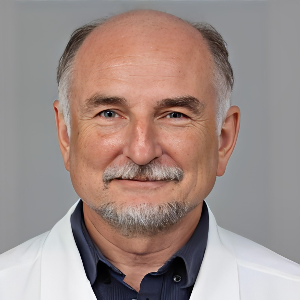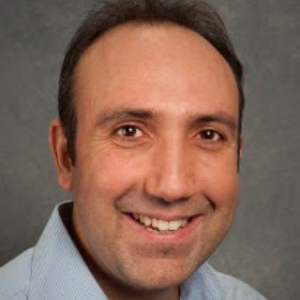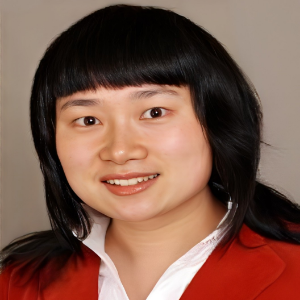A chemical compound that has had one or more of its atoms replaced by a radionuclide is known as a Radioactive Tracer, radiotracer, or radioactive label. Because of its radioactive decay, radioactive tracer compounds can be used to investigate the mechanism of chemical reactions by tracing the path that the radioisotope takes from reactants to products. Thus, the radioactive version of isotopic labelling is radiolabelling or radiotracing. The use of radioactive tracers is commonly referred to as radioisotope feeding experiments in biological contexts. It has been extensively used to follow the course of biological reactions to employ radioisotopes of hydrogen, carbon, phosphorus, sulfur, and iodine. A radioactive tracer can also be employed as a flow tracer or to monitor a substance's distribution inside a natural system like a cell or tissue. In the process of producing natural gas, radioactive tracers are also utilised to locate cracks caused by hydraulic fracturing. A number of imaging methods, including technetium scans, SPECT scans, and PET scans, are based on radioactive tracers. Carbon-14, an isotope that occurs naturally, is used in radiocarbon dating as an isotopic label.

Vladlen Slepak
University of Miami Miller School of Medicine, United States
Yong Xiao Wang
Albany Medical College, United States
Consolato M Sergi
Universities of Alberta and Ottawa, Canada



Title : The impact of metal-decorated polymeric nanodots on proton relaxivity
Paulo Cesar De Morais, Catholic University of Brasilia, Brazil
Title : Hepatotoxic botanicals-shadows of pearls
Consolato M Sergi, Universities of Alberta and Ottawa, Canada
Title : Exploring classical ayurvedic drugs in hypertension
Prashant Bhokardankar, Datta Meghe Ayurved College, India
Title : Principles and standards for managing healthcare transformation towards personalized, preventive, predictive, participative precision medicine ecosystems
Bernd Blobel, University of Regensburg, Germany
Title : Personalized and Precision Medicine (PPM) as a unique healthcare model based on design-inspired biotech- & biopharma-driven applications to secure the human healthcare and biosafety
Sergey Suchkov, N.D. Zelinskii Institute for Organic Chemistry of the Russian Academy of Sciences & InMedStar, Russian Federation
Title : Antibody proteases as translational tools of the next step generation to be applied for biopharmacy related and precision medical practice
Sergey Suchkov, N.D. Zelinskii Institute for Organic Chemistry of the Russian Academy of Sciences & InMedStar, Russian Federation
Title : Easily injectable, organic solvent free self assembled hydrogel platform for endoscope mediated gastrointestinal polypectomy
Hitasha Vithalani , IIT Gandhinagar, India
Title : Cognitivevoice: Novel machine learning model leveraging acoustic features to predict future cognitive decline in Parkinson’s Disease
Aadya Daga, Hamilton High School, United States
Title : Platelet-activating factor-receptor pathway mediates solar radiation-induced extracellular vesicle release in human keratinocytes
Ravi P Sahu, Wright State University, United States